The Ukrainian military is issuing warnings about Russian forces engaging in the construction of saps and tunnels to undermine the positions of the Defense Forces.
Specifically, the Russians are digging tunnels in the Avdiivka direction, employing them for camouflage, and launching unexpected attacks.
Anton Kotsukon, the spokesperson for the 110th Separate Mechanized Brigade, confirmed this tactic in October 2023.
“They started using these tactics, they started digging mine holes. They blow up tunnels closer to our positions. First, in terms of masking, second, to unexpectedly arise somewhere closer to our positions,” he stated.
The Russians openly acknowledge their tunnel activities and claim that, before storming, they employ a powerful, high-explosive charge of up to 500 kilograms delivered through the tunnel.
Subsequently, stormtroopers use the dug tunnel to penetrate the defense of the Armed Forces, covered by fire from the flank.
The use of tunnels in the Russian-Ukrainian war has been reported for many years.
As early as 2016, the Ukrainian military reported subversive groups and snipers infiltrating the Shyrokyne village through tunnels.
In 2018, Russian fighters showcased a tunnel allegedly constructed for undermining Ukrainian positions in Avdiivka’s “Industrial Zone.”
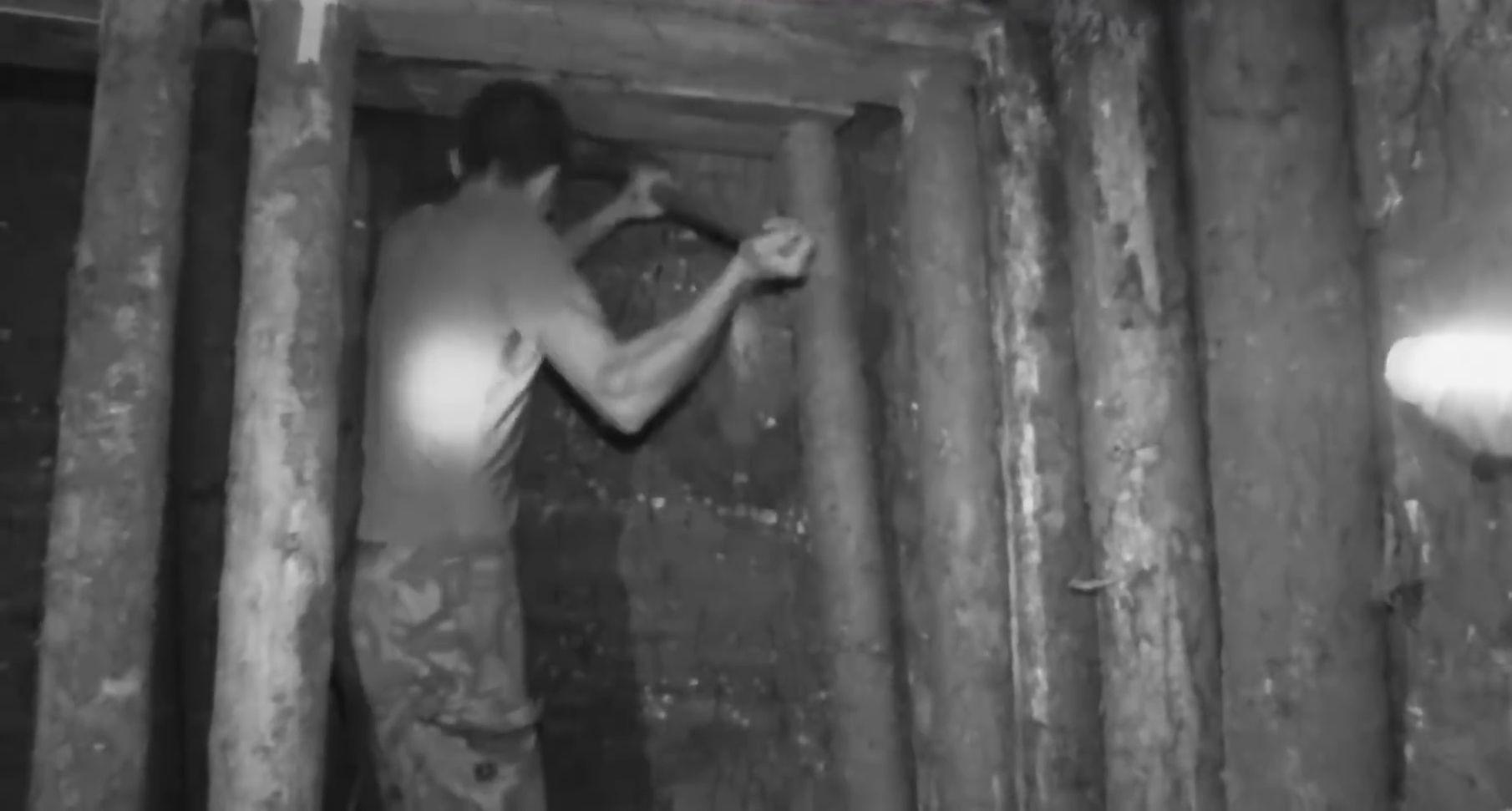
They have issued threats to detonate the Ukrainian first line of defense in the event of an offensive by Ukraine, aiming to cut off assault detachments from reinforcements.
However, the nature of Ukrainian soil poses challenges for rapid digging, compelling the “builders” to install supports for safety along the entire length.
During World War I, when moving the front line proved extremely challenging, sappers played a crucial role by constructing tunnels under enemy positions.
These tunnels were subsequently rigged with explosives and detonated, allowing infantry to advance and seize the positions.

The Russian army has experience in underground warfare, which it received during the Syrian campaign from Assad’s army and rebels.
The rebels secretly delivered explosives to police stations and bases of the Syrian army through tunnels with saps.
The Syrian military used the original method of combating enemy snipers in homes – they blew them up along with structures under which they made digs.
The Syrian soil is very dense and hard, it is necessary to hammer the tunnels with pickaxes, but the tunnels can be conducted without support.
The earth must be lifted to the surface, sometimes from a depth of more than ten meters, and instead loaded with explosives.
In Palestine since 2001, Hamas militants have begun digging digs under Israeli border posts and undermining them.
In 2006, a new tactic was tried. A tunnel was dug under the border between Gaza and Israel, and a group of militants came out in the rear of Israeli soldiers.
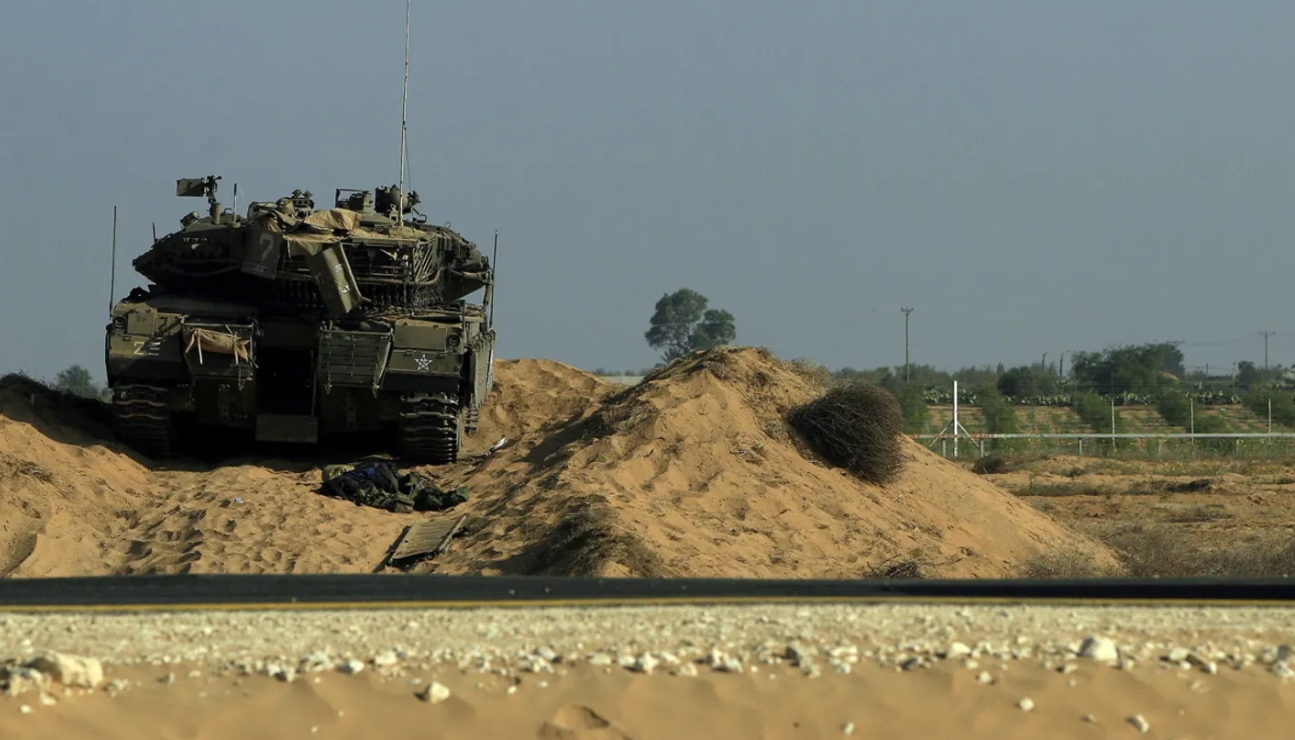
The border guards were taken by surprise, with two soldiers killed, one wounded, and another – Gilad Shalit – taken prisoner.
Defense tunnels are also actively used in all modern wars. They are usually an extensive network of underground utilities that are continuously growing with new branches and crossings.
Tunnels are utilized in modern wars for movement between combat areas, communication, and the transportation of weapons, materiel, and equipment to workshops for the manufacture of destructive weapons.
Various engineering techniques are often used for their construction, not just shovels and crusts.
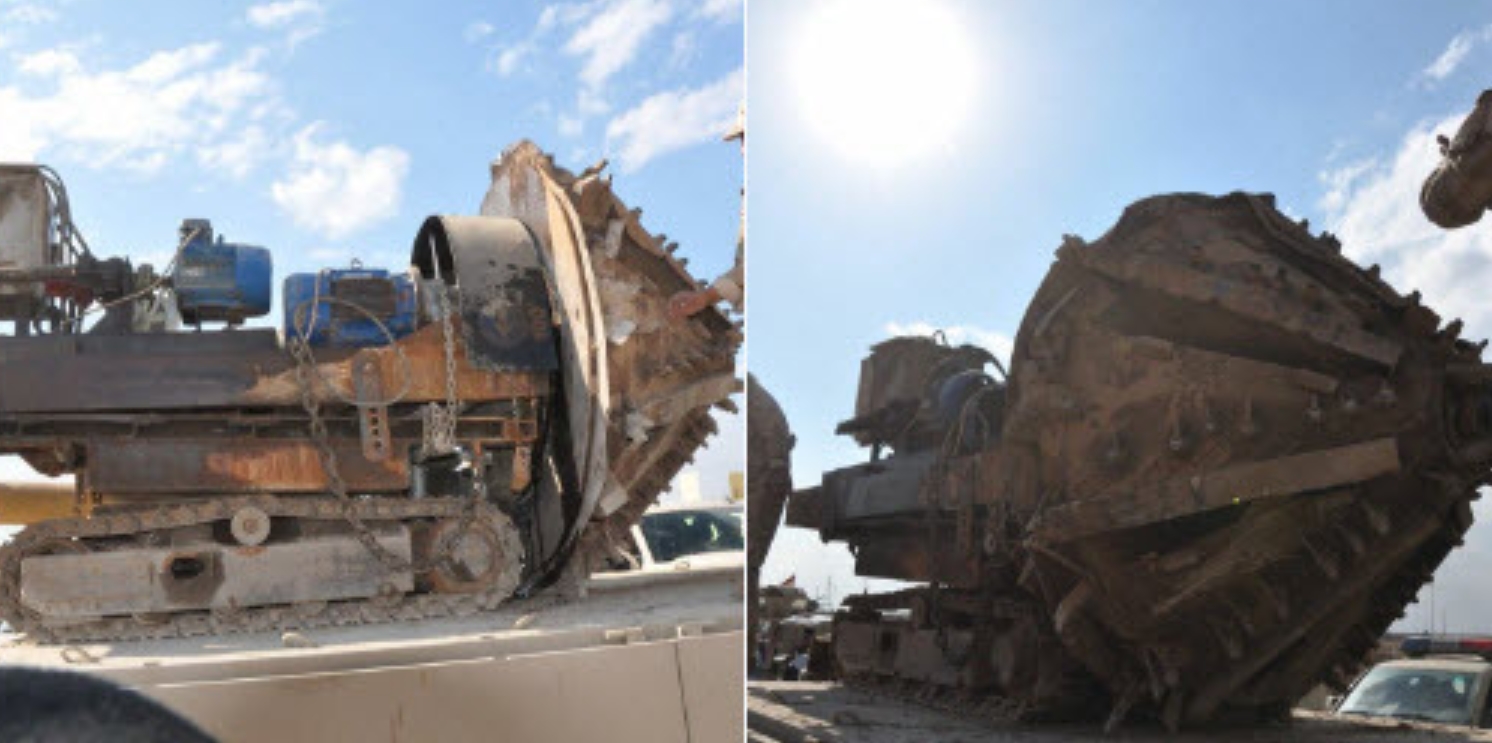
Some of the most interesting tunnels can be found in Syria and Palestine.
Syrian tunnels were equipped with communications, video surveillance, an air conditioning system, and lighting.
Some tunnels even had control panels for explosive devices, which were located at different points in the area of the tunnel.
For Hamas in Palestine, tunnels are a reliable way to protect against Israeli air strikes, smuggle, store, and manufacture weapons.
In particular, depots were made in these tunnels with mainly artisanal missiles fired at by Israel.
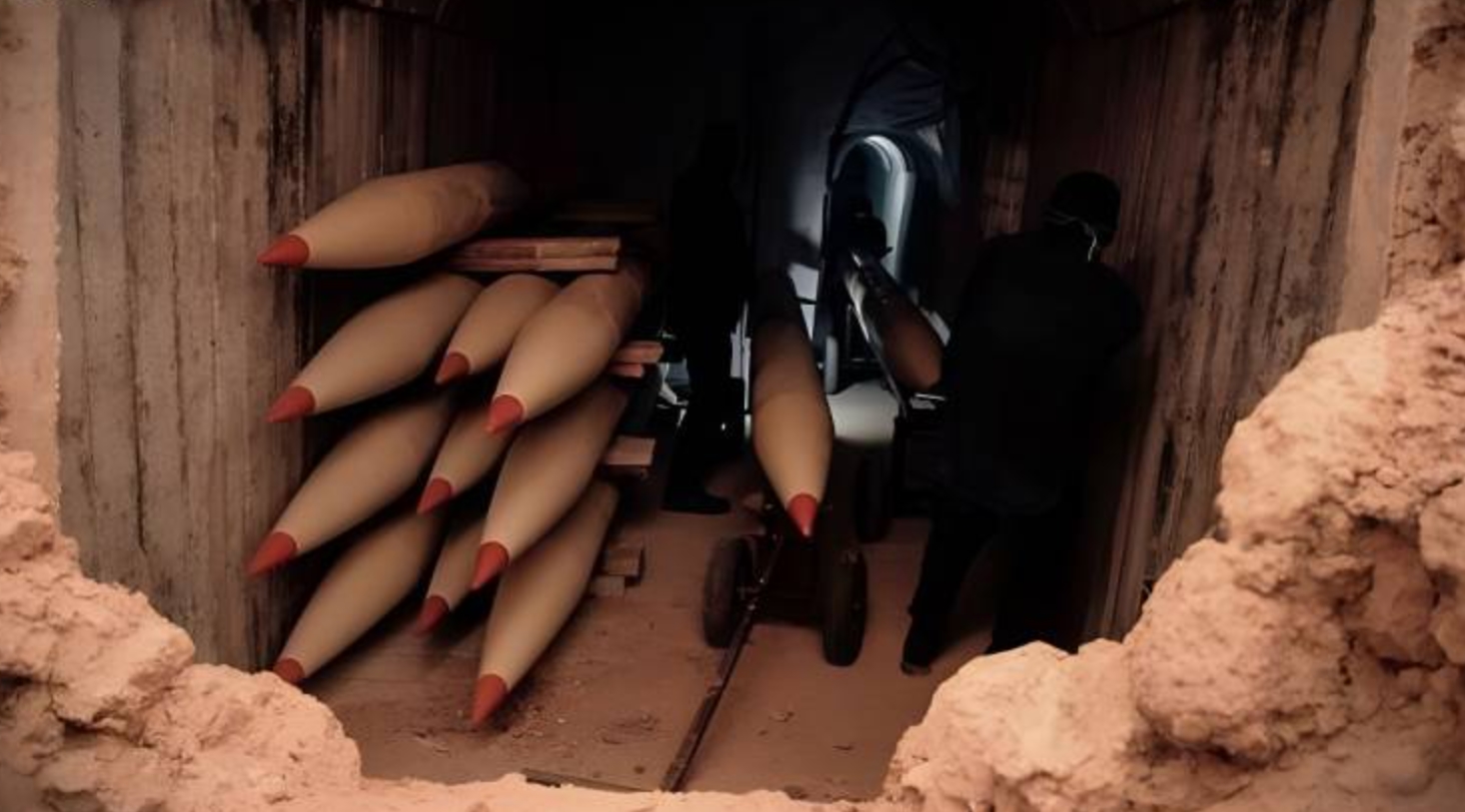
The size of the network, which Israel called the “Gaza Metro,” is difficult to estimate because it is believed to be under 41 by 10 km of territory.
In 2013, the Defense Army discovered a tunnel 1.6 km long and 18 meters deep with a concrete roof and walls that led from the Gaza Strip to the territory next to the kibbutz, whose inhabitants heard strange sounds.
In Syria, the Russian military used Oko-3 special radar to detect tunnels.
This special radar can detect voids not only in the soil but also in concrete and other similar environments up to 50 meters deep.

In Palestine, the Israeli army uses a variety of ways to detect tunnels, including radar and other means that measure thermal and acoustic performance and magnetic field characteristics.
Israel can use aircraft bombs to destroy tunnels, but this method does not collapse the entire tunnel, but only destroys part of it.
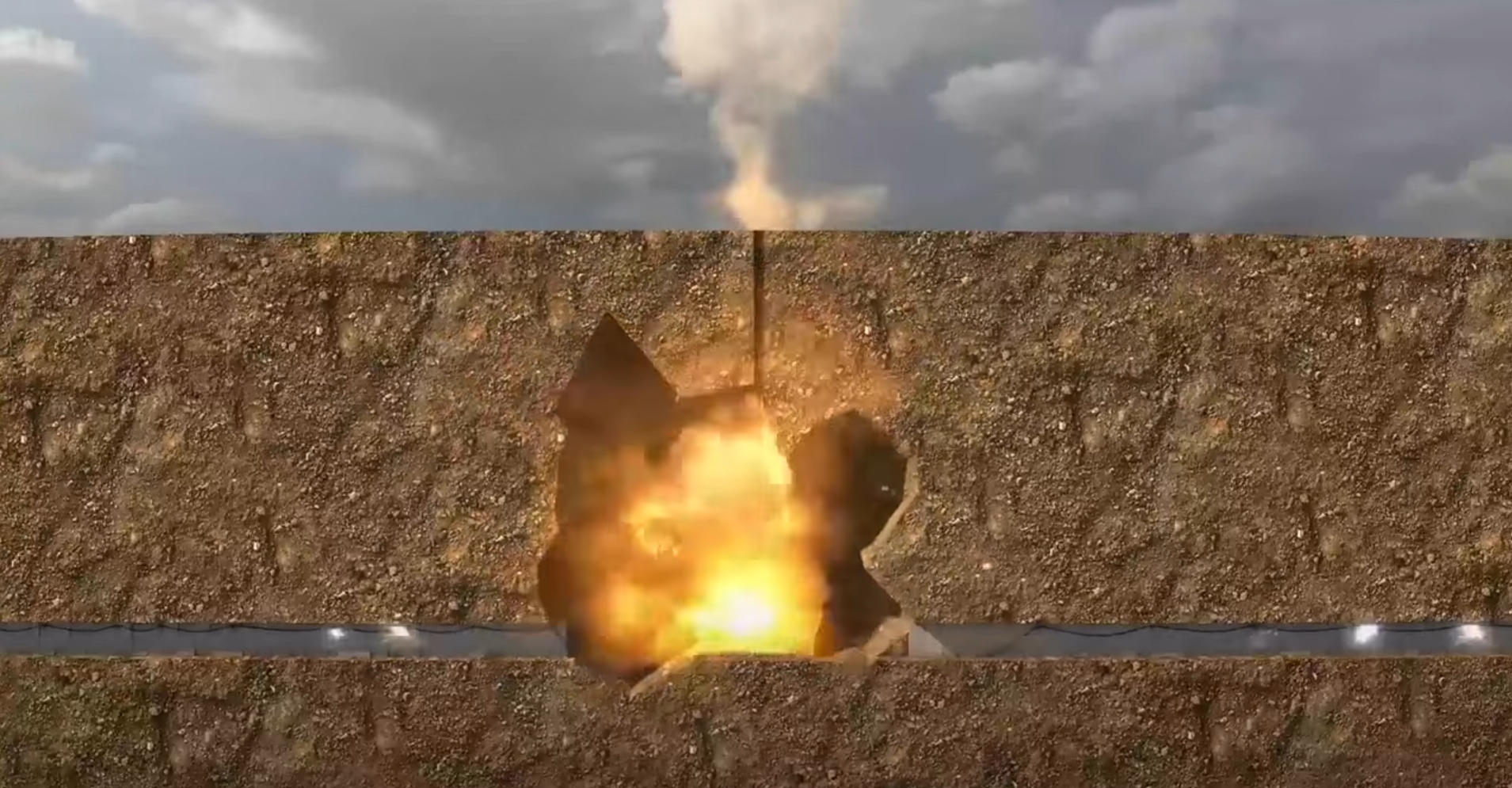
Often, tunnels are discovered while tracking a Hamas militant who suddenly has a cell phone signal gone, or by soldiers while on patrol.
In modern warfare, the element of surprise is crucial for the effectiveness of underground digs. Few anticipate the construction of tunnels beneath their positions, and their efficacy largely depends on the element of secrecy.
Підтримати нас можна через:
Приват: 5169 3351 0164 7408 PayPal - [email protected] Стати нашим патроном за лінком ⬇
Subscribe to our newsletter
or on ours Telegram
Thank you!!
You are subscribed to our newsletter